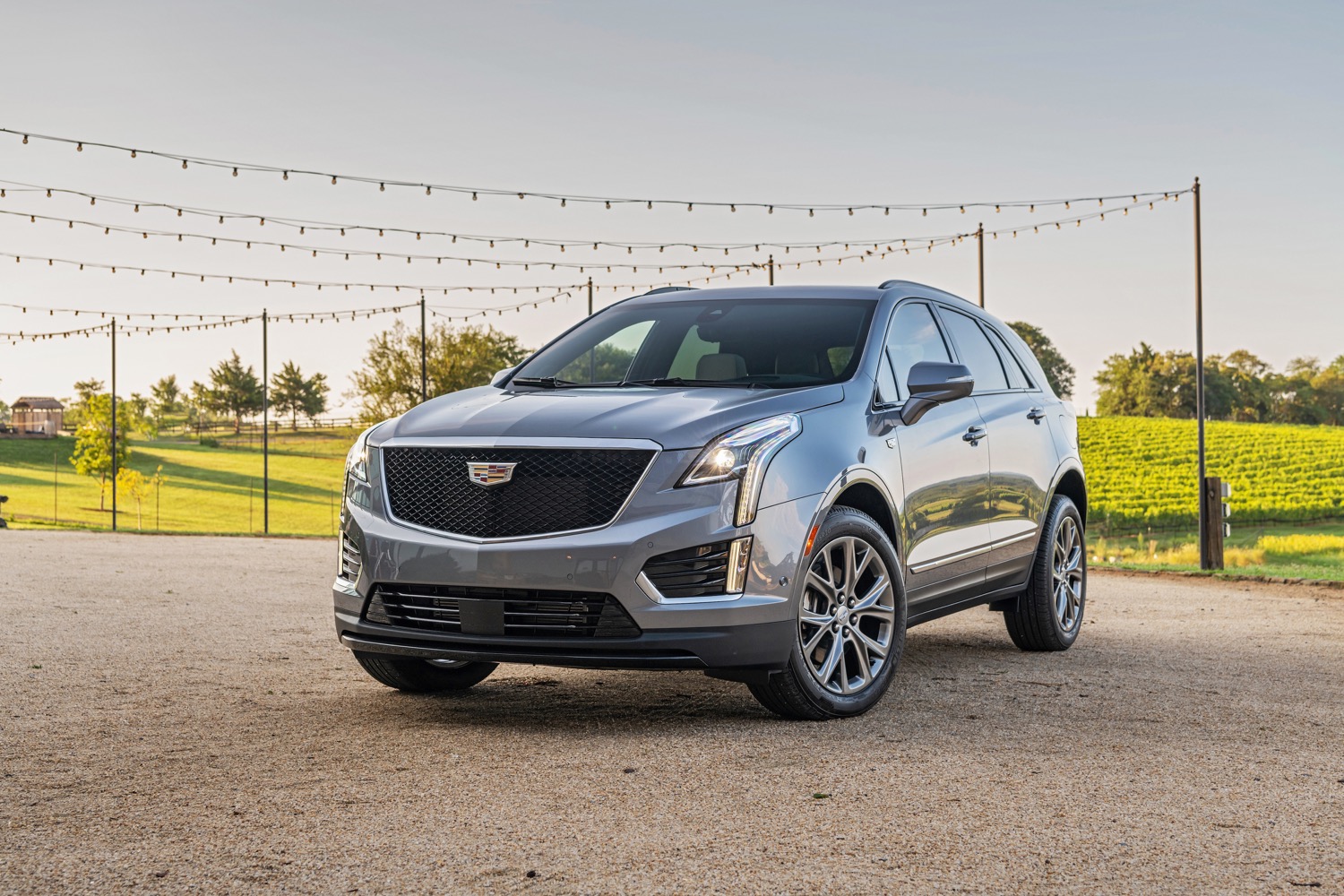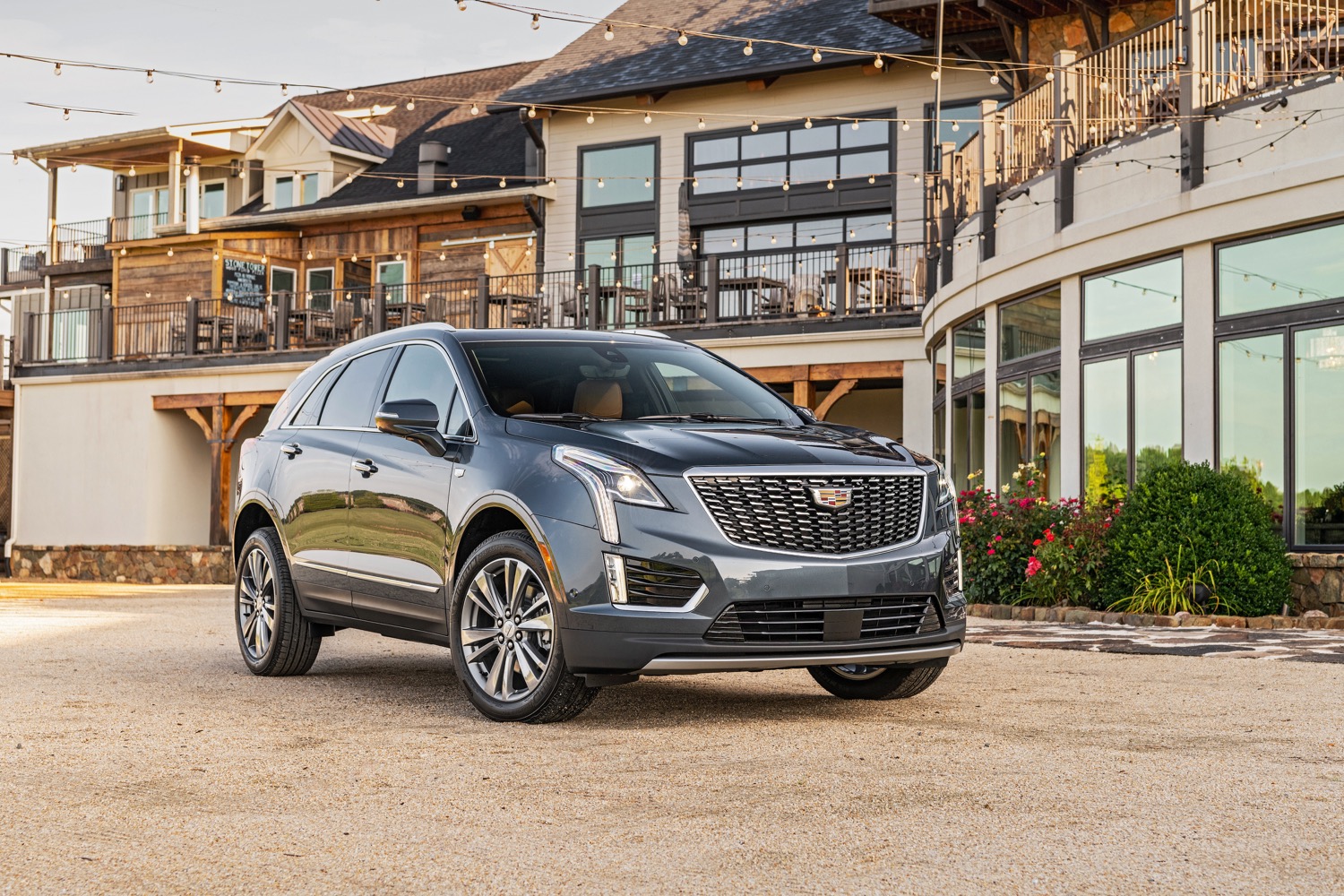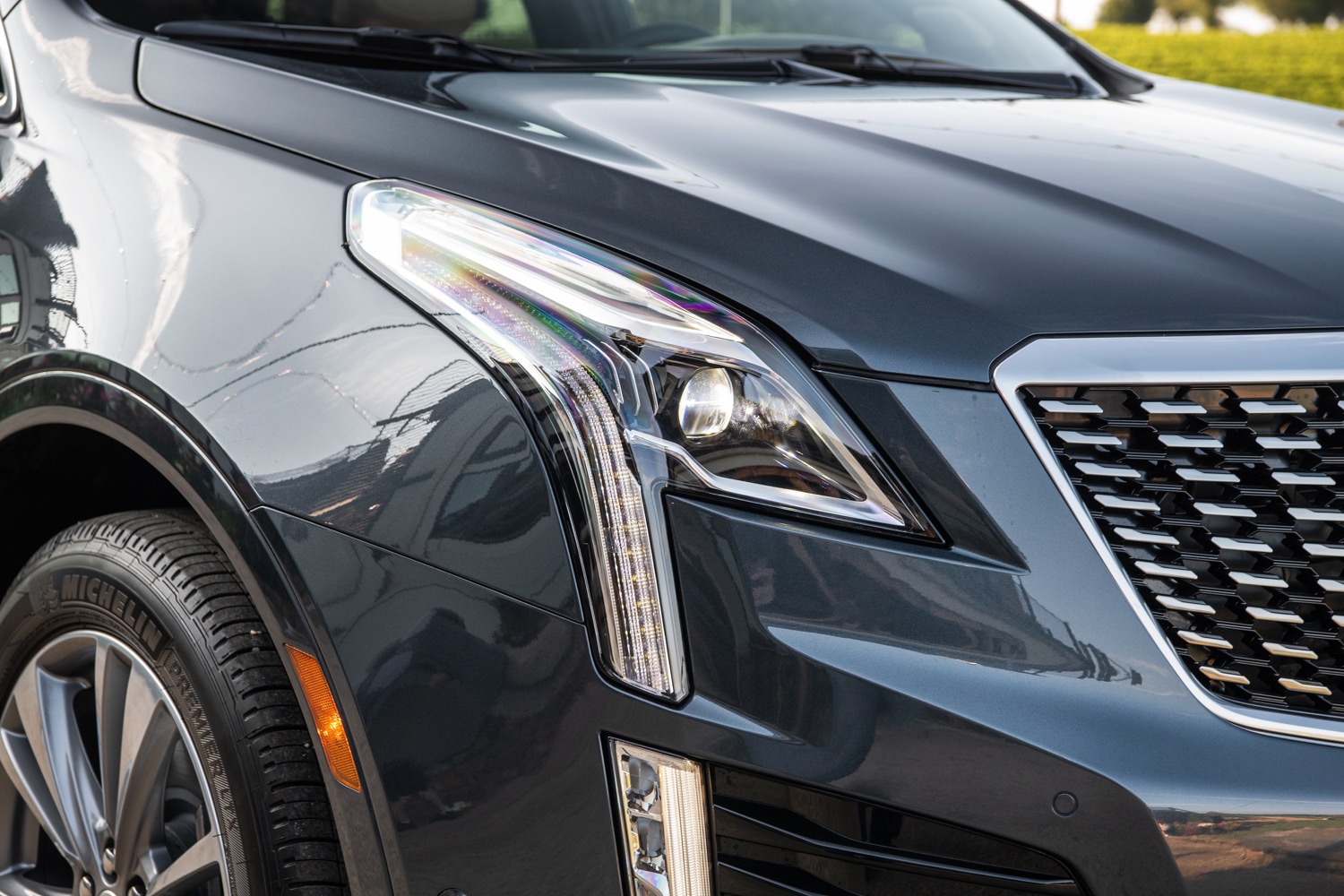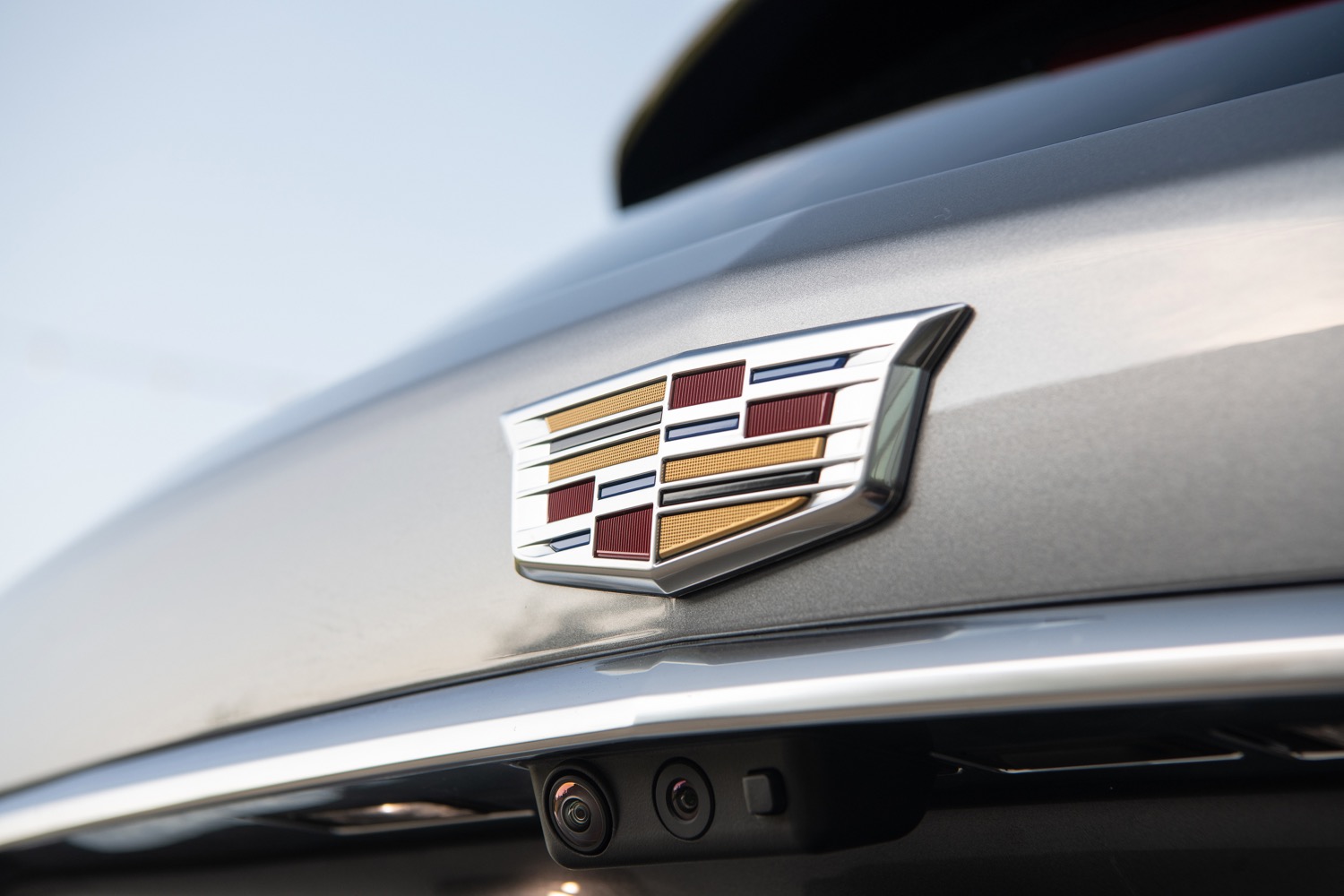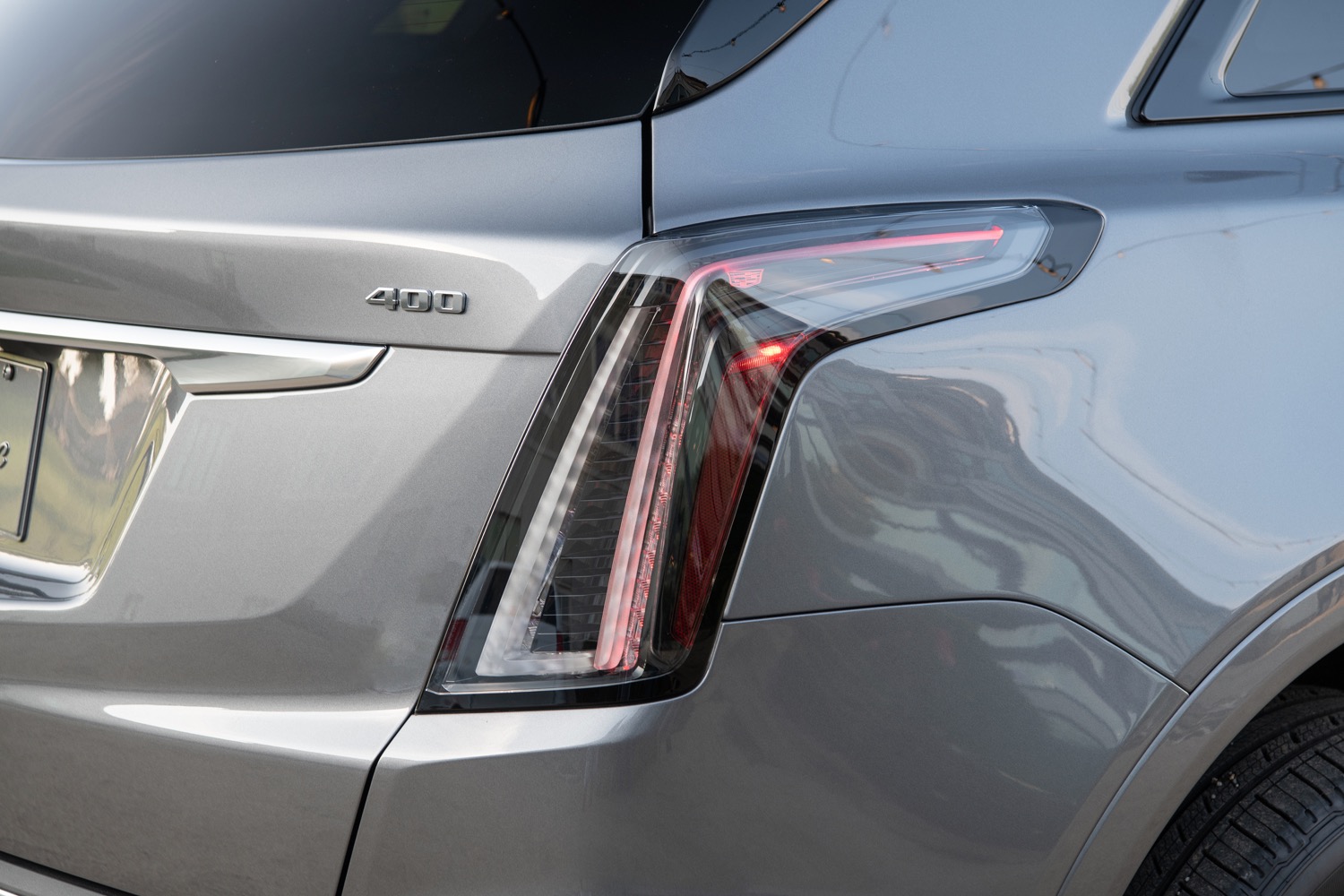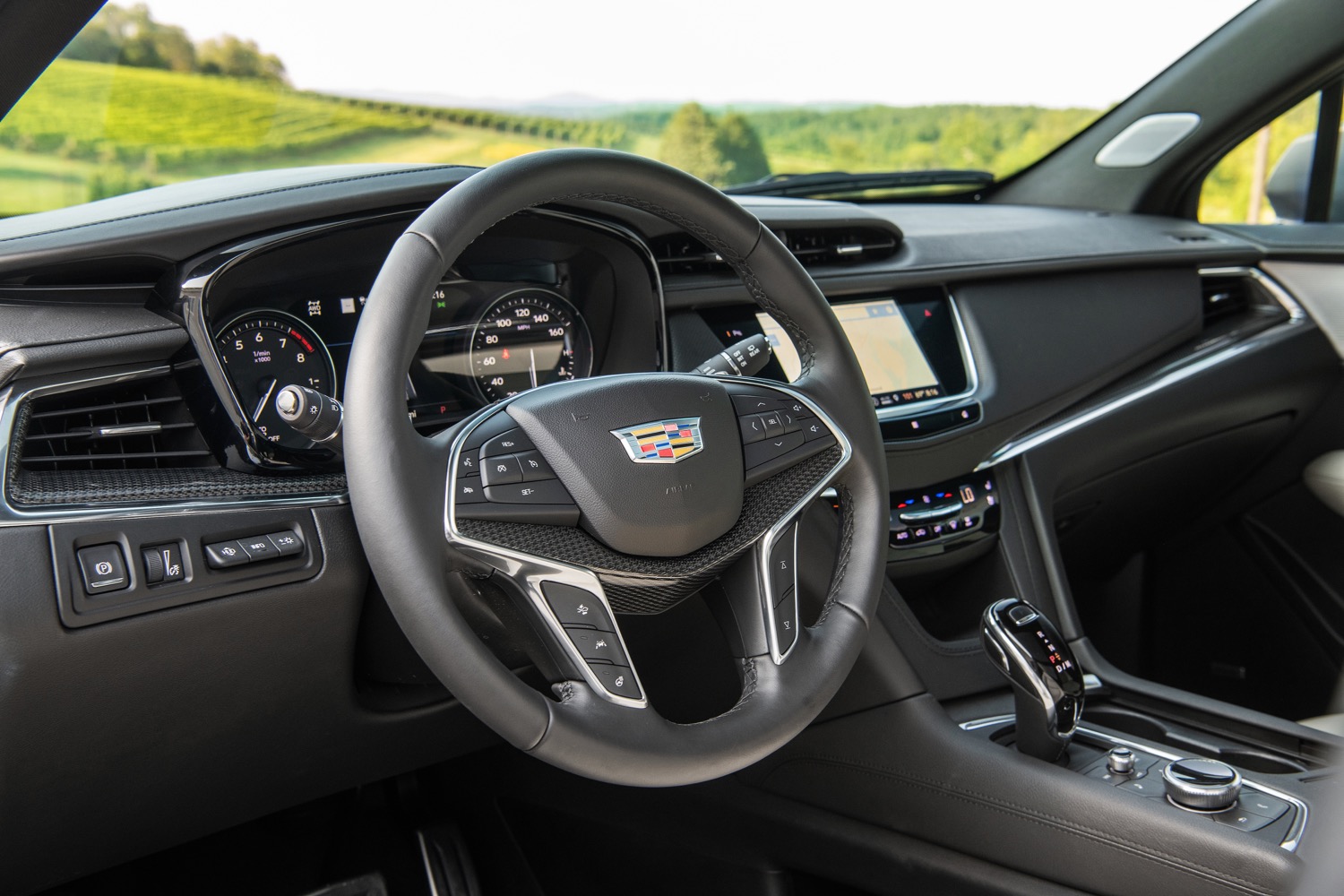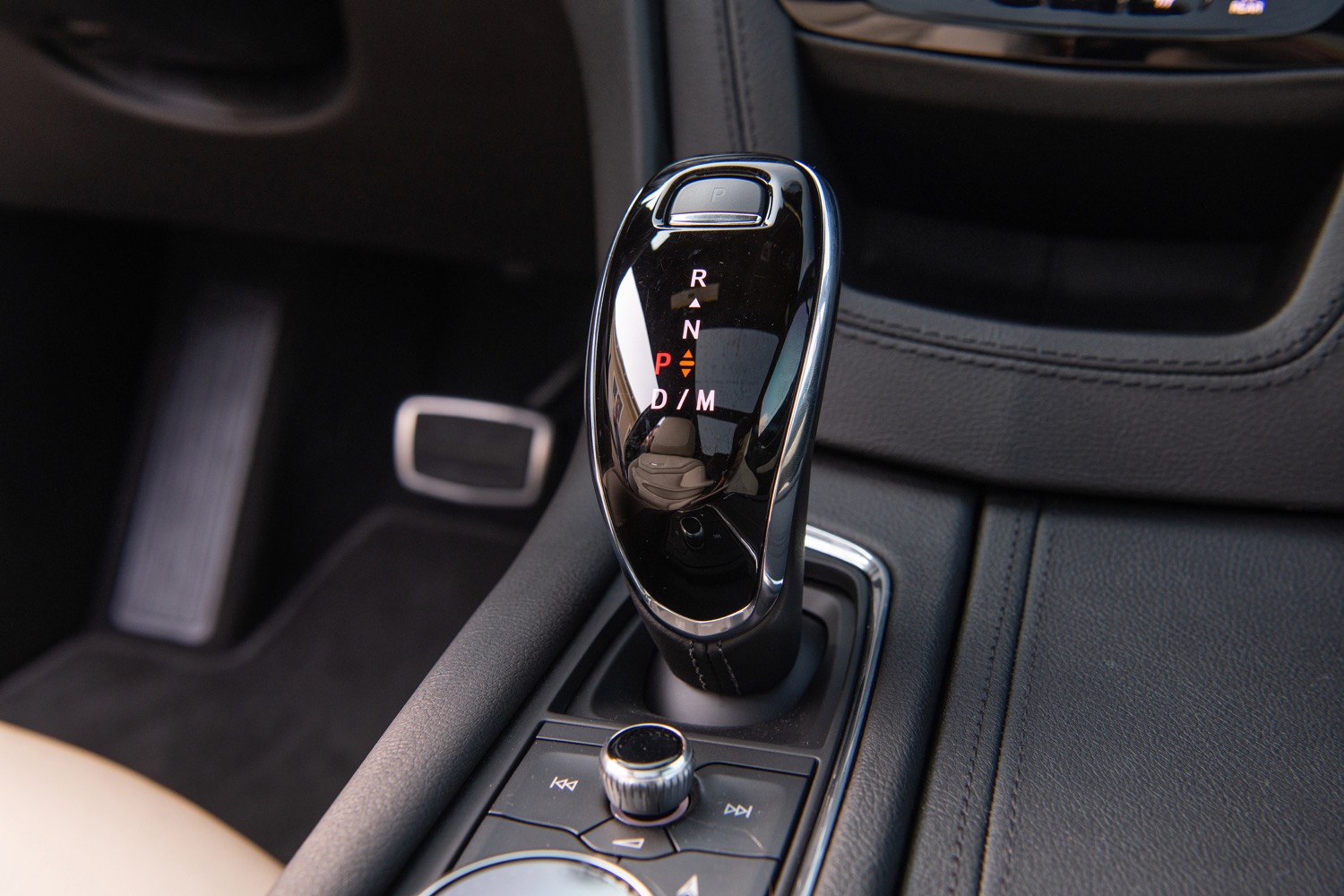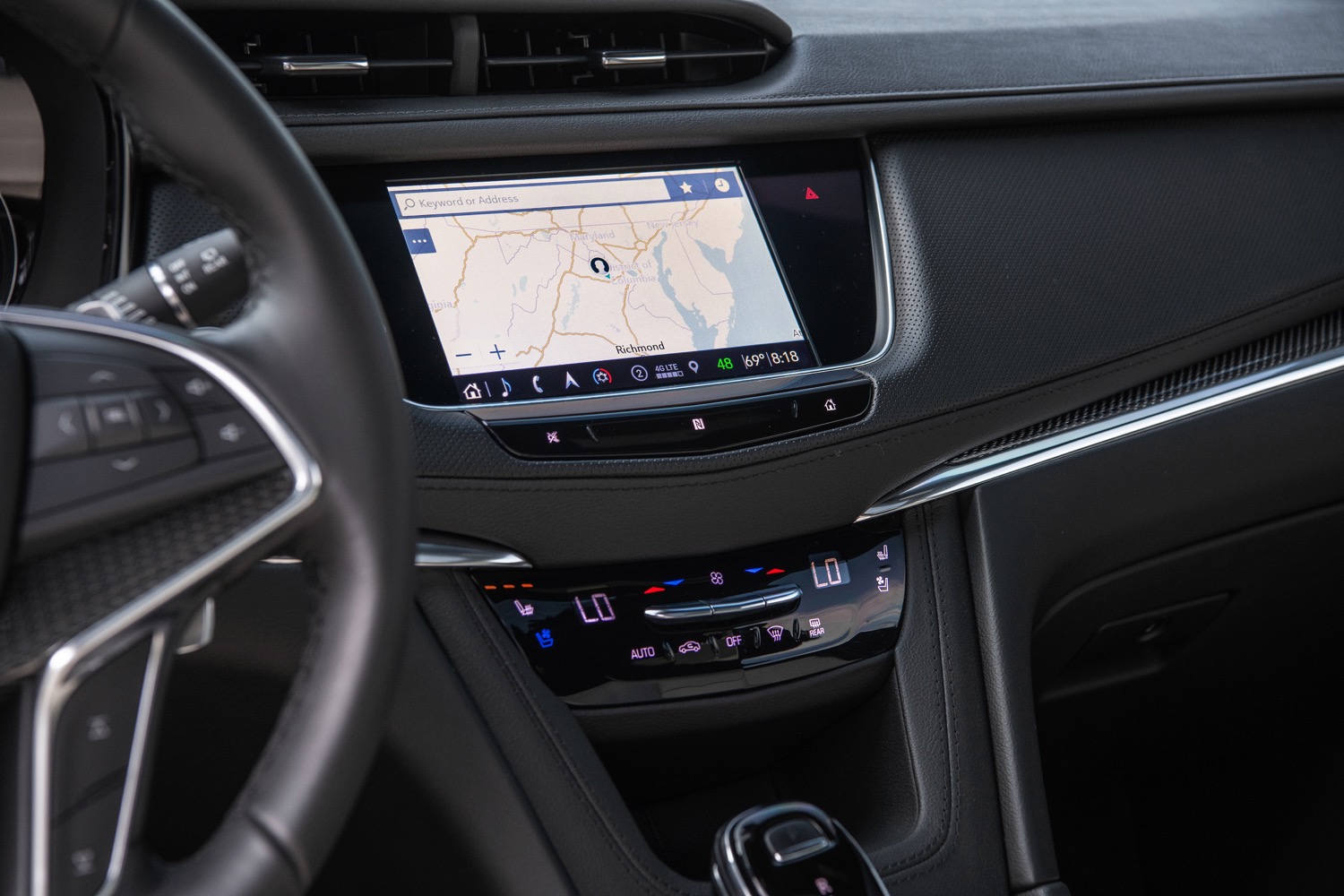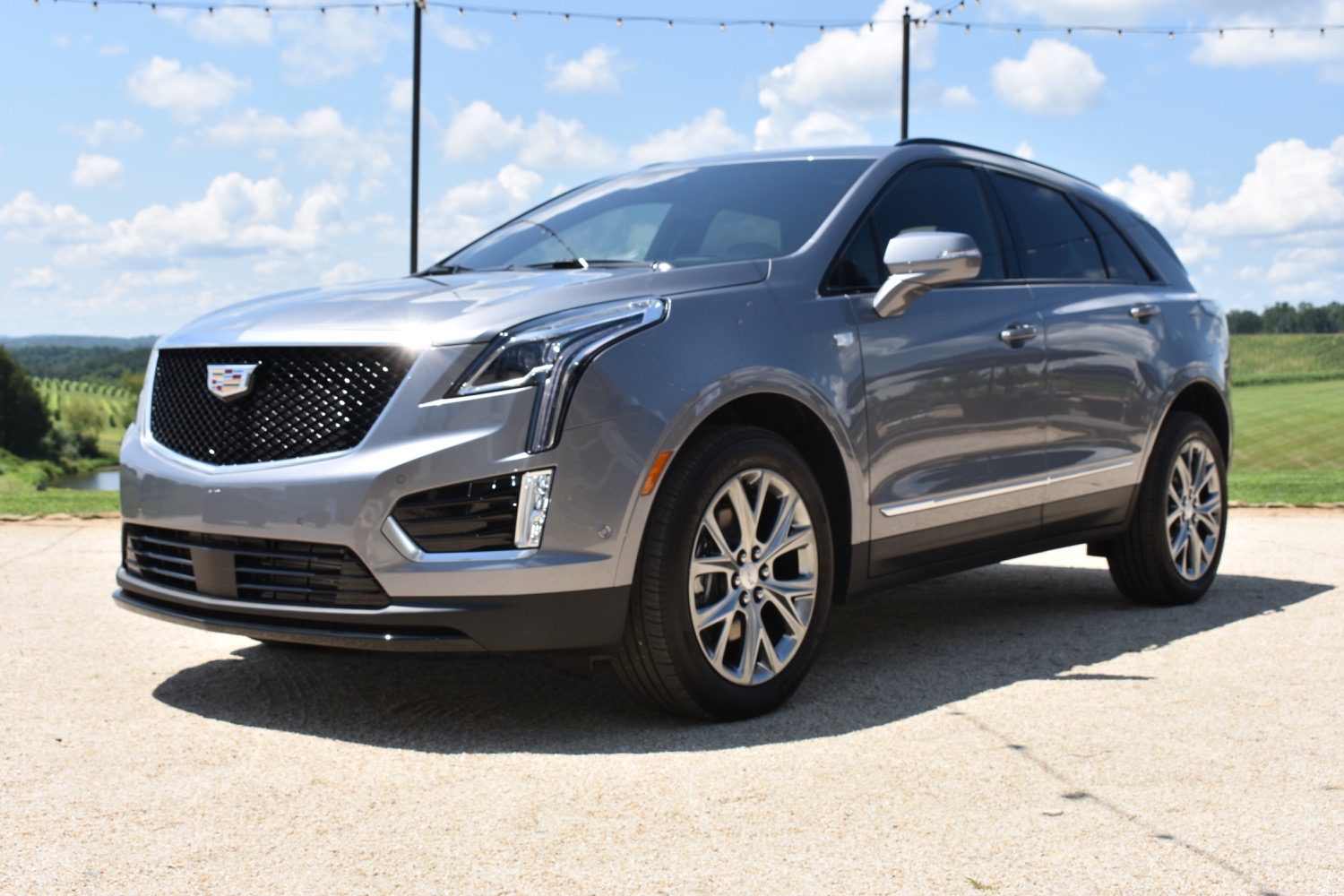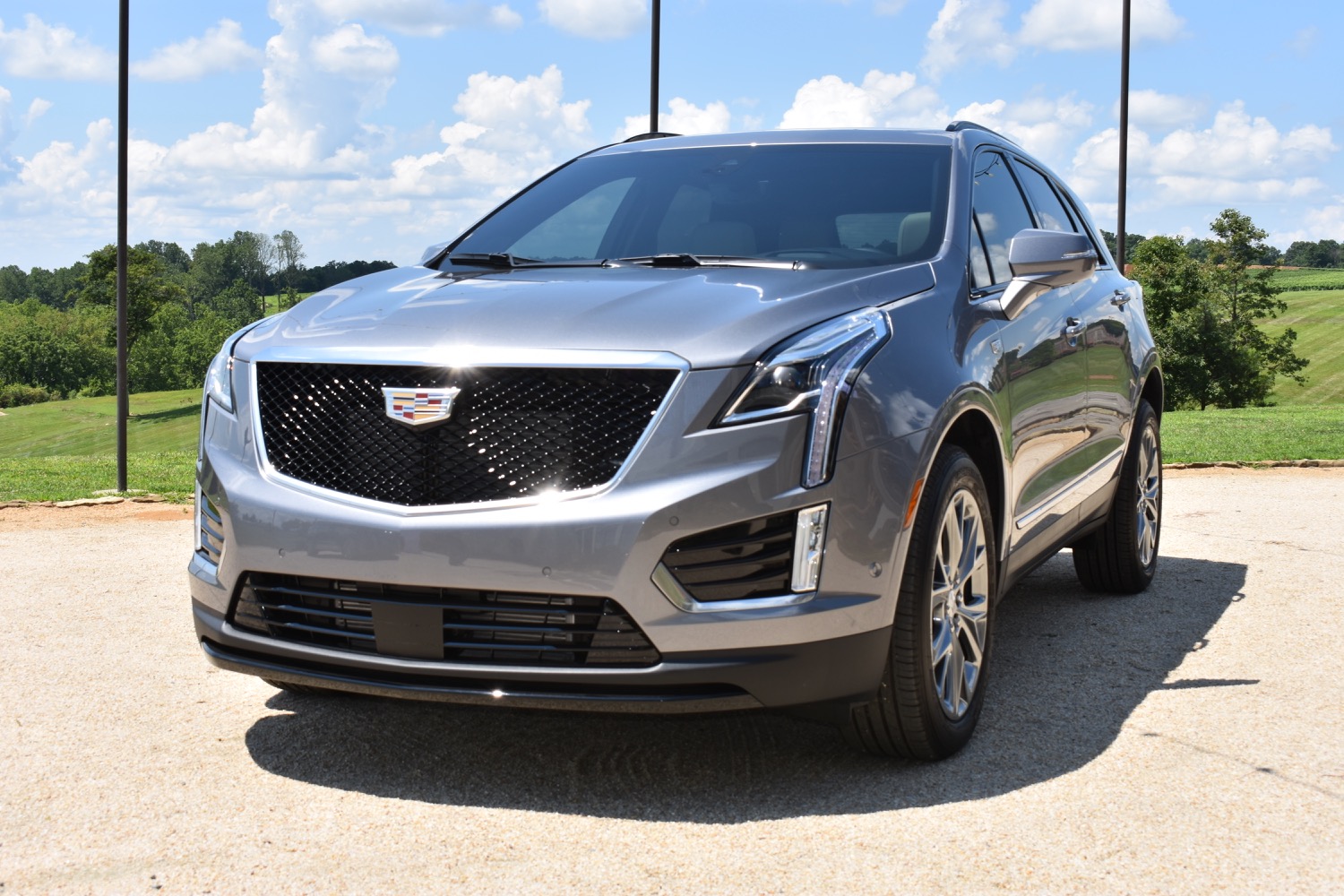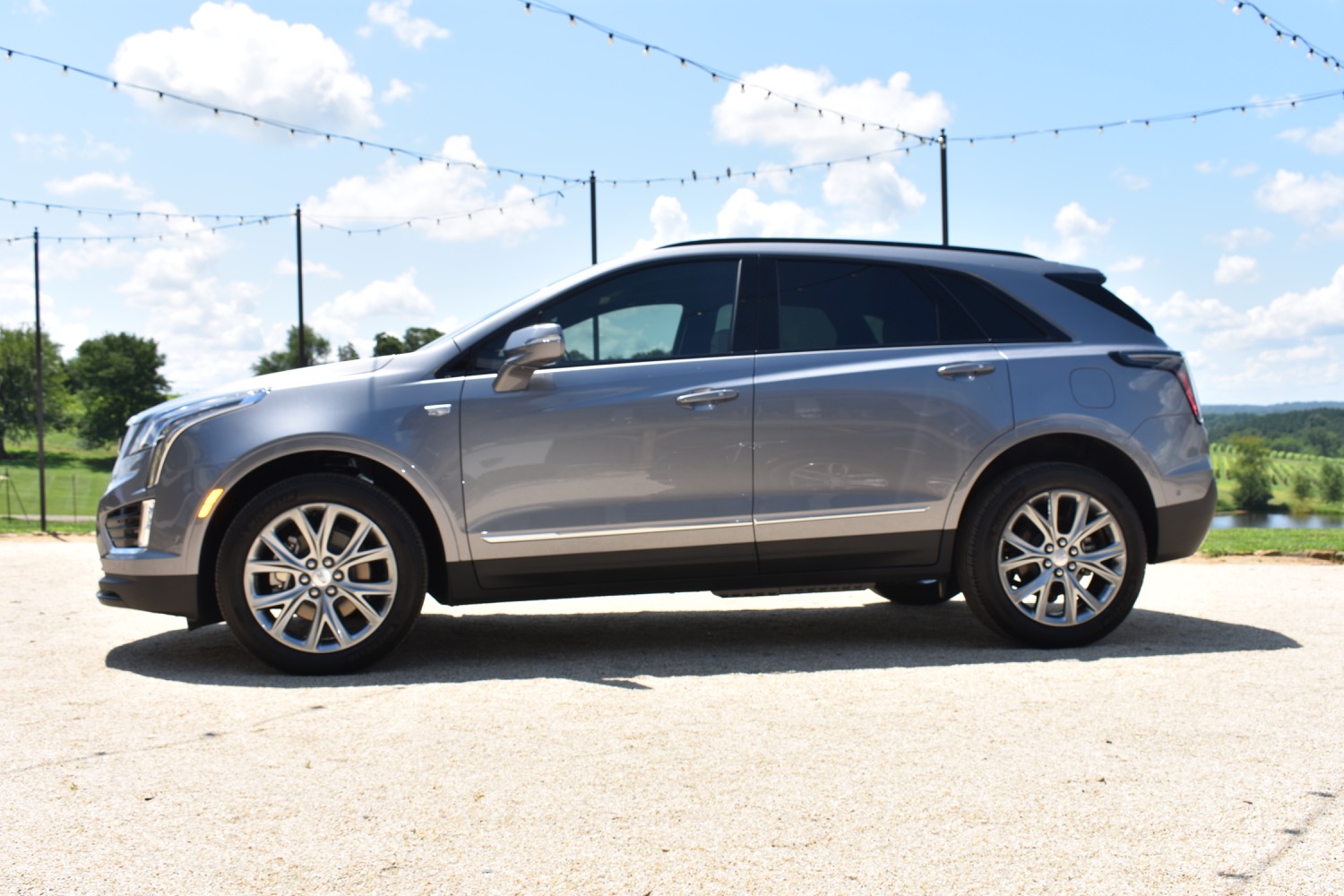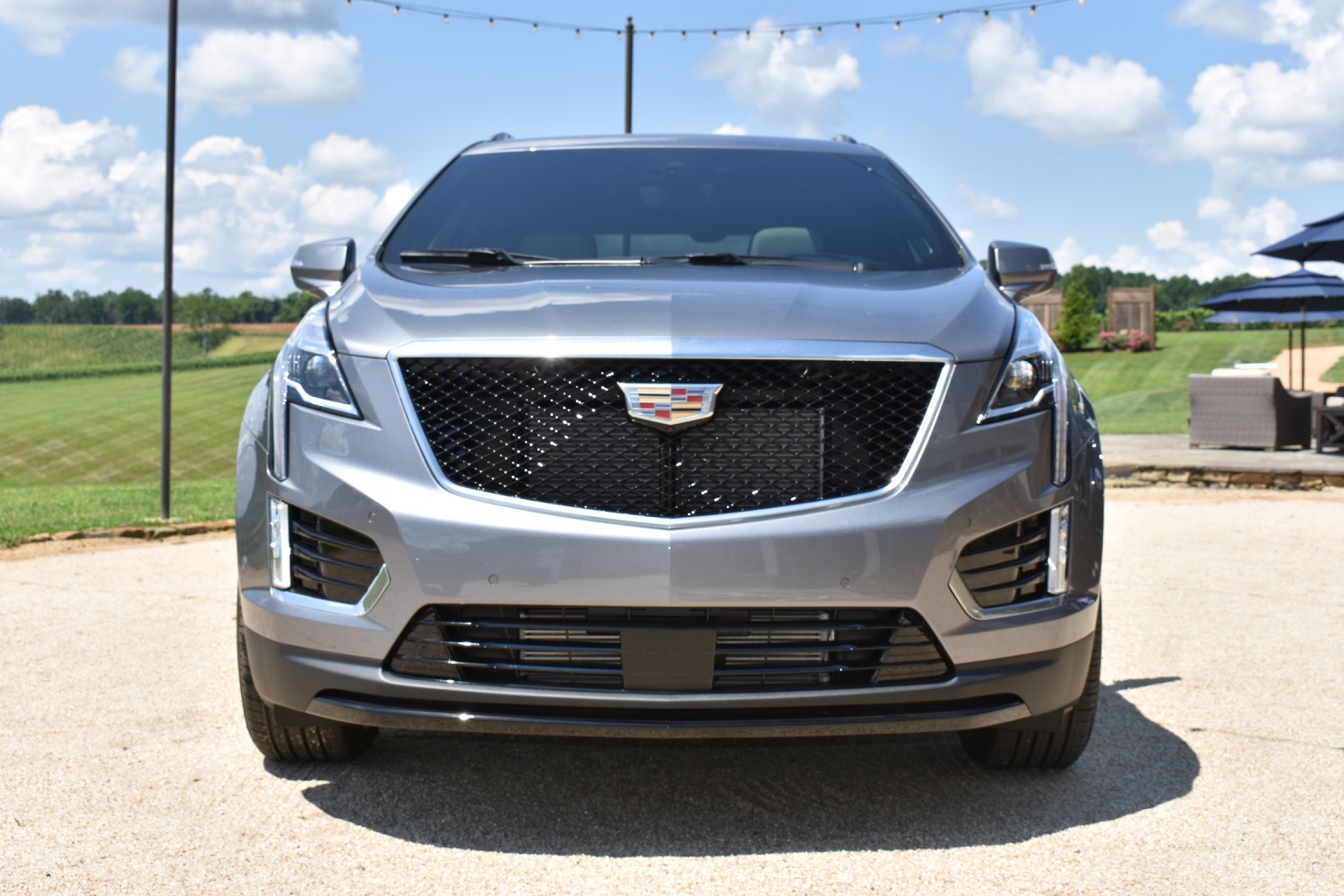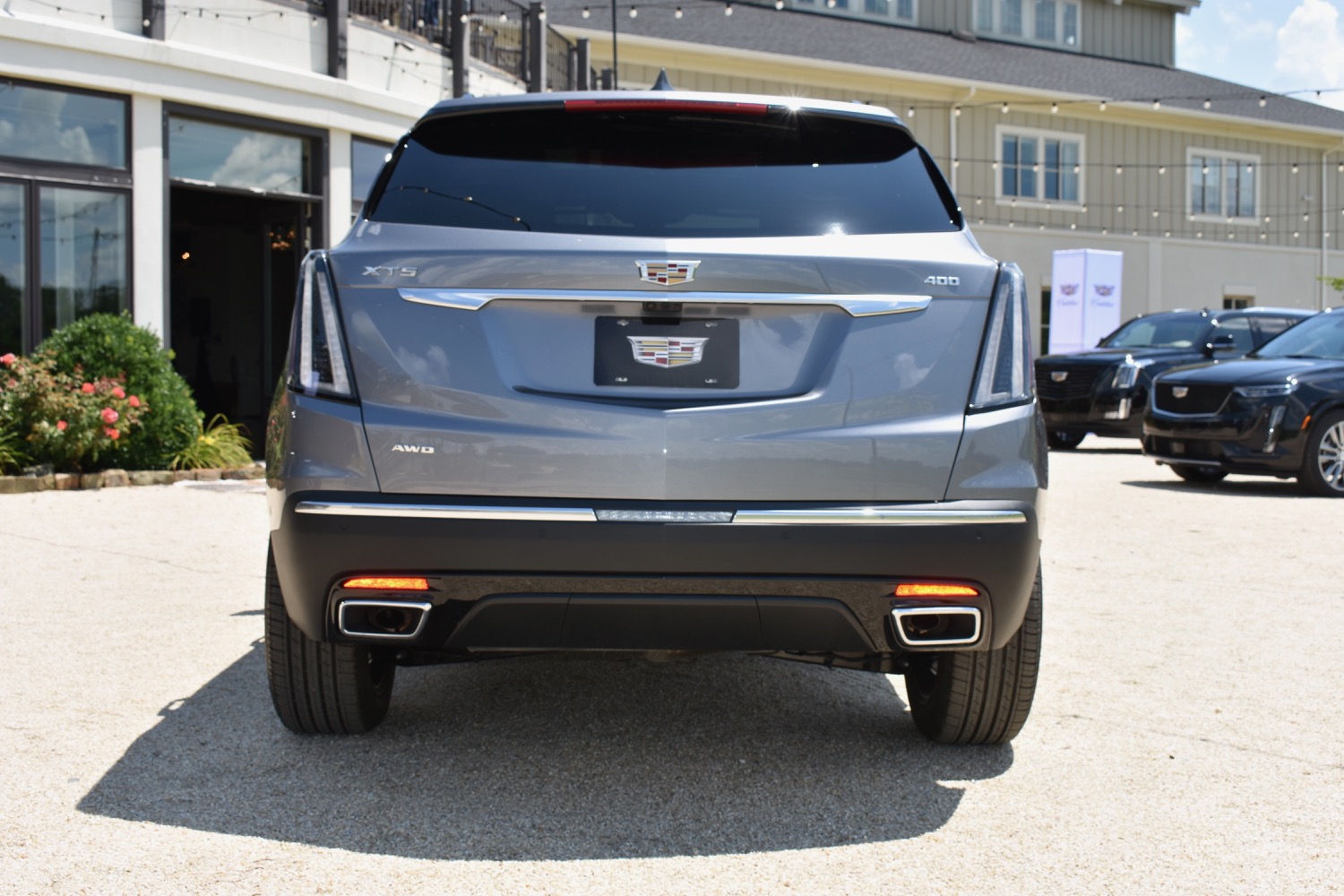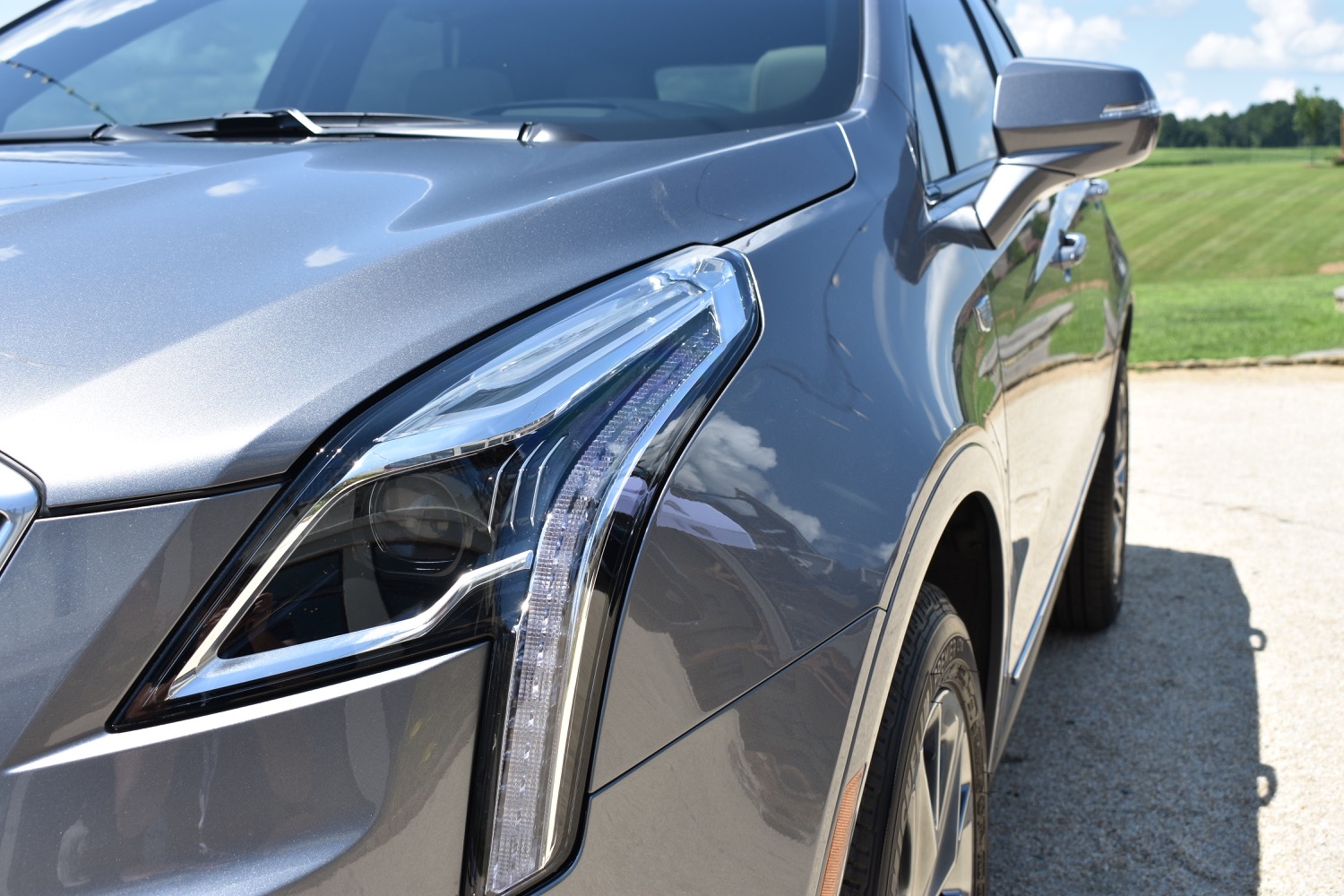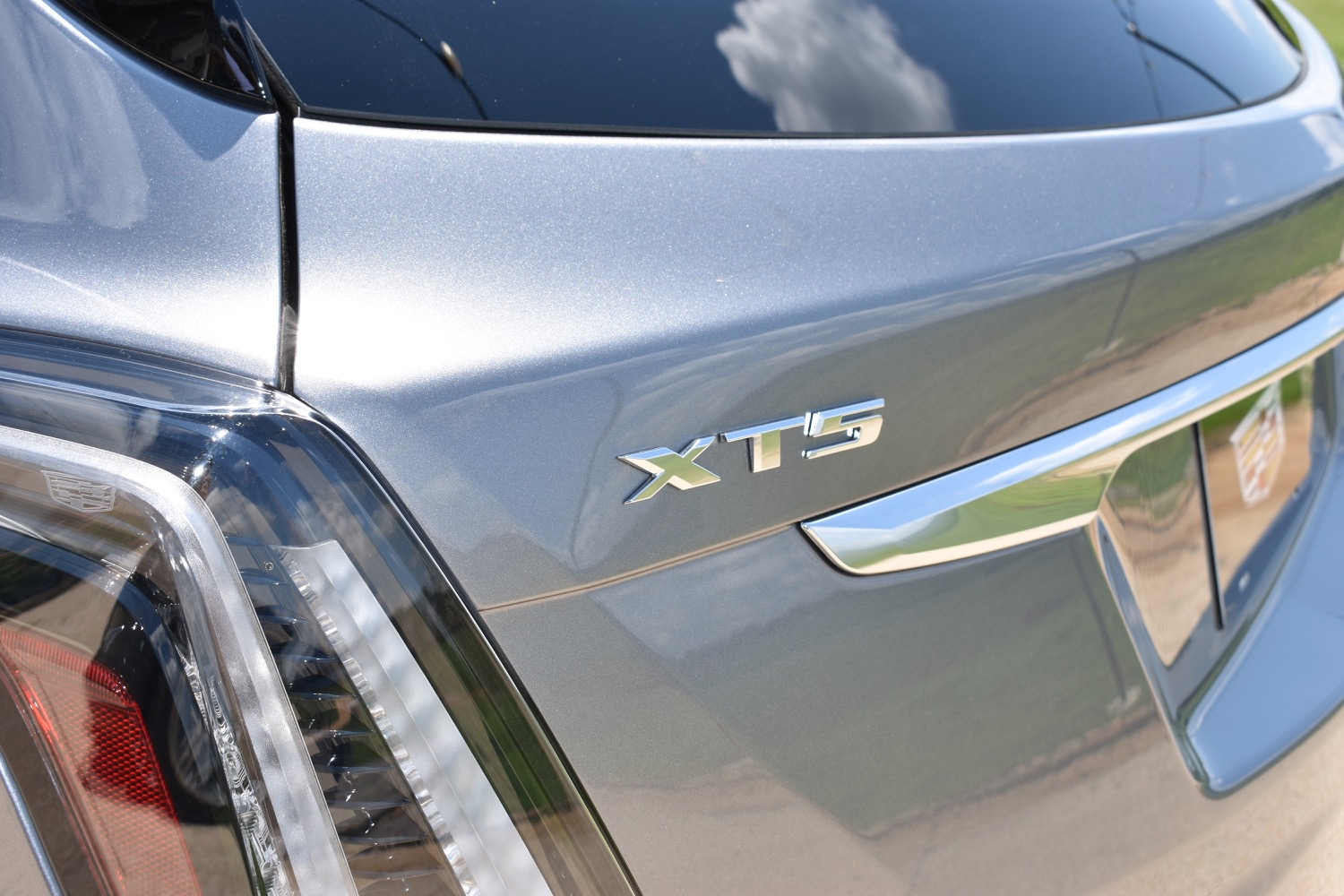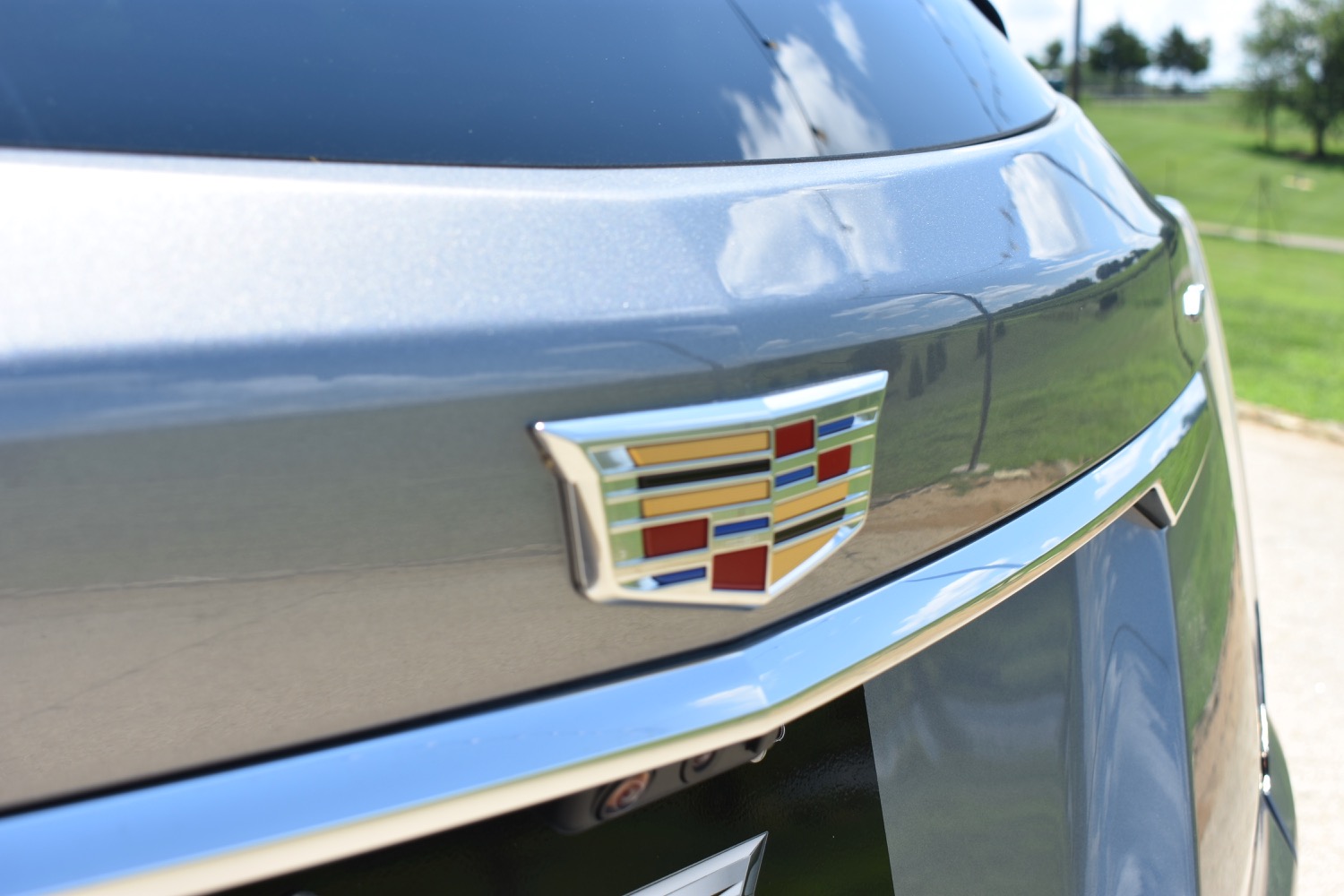Cadillac is putting more emphasis on crossovers in response to incorrigible consumer demand. Besides launching new models, the General Motors luxury brand is giving the oldest crossover in its lineup a mild update. The 2020 Cadillac XT5 looks largely the same on the outside, but it does sport some mechanical changes and updated tech.
The 2020 Cadillac XT5 keeps its aggressively angular exterior styling, with some changes to the front and rear fascias. The XT5 also gets standard LED headlights and adopts the new Cadillac trim-level structure from the new XT6. Upgrading from the base Luxury trim level to the Premium Luxury or Sport brings specific exterior styling features keyed to each model.
Under the skin, the 2020 XT5 gets a 2.0-liter turbocharged four-cylinder engine as its new entry-level option. The four-cylinder engine makes 237 horsepower and 258 pound-feet of torque. A 3.6-liter naturally aspirated V6 carries over from previous model years. It makes 310 hp and 271 lb.-ft. Both engines are coupled to nine-speed automatic transmissions. The XT5 continues to offer standard front-wheel drive, or optional all-wheel drive.
Unlike the previous Sport package, the XT5 Sport is now a distinct trim level with its own specific mechanical features. It gets adaptive suspension, a quicker steering ratio, and a more sophisticated all-wheel drive system with a torque-vectoring rear differential. The rear diff can shunt power between the rear wheels, helping to point the XT5 into corners. However, the Sport doesn’t extract more power from the V6 engine — the only option on this model.
Cadillac also updated the XT5’s infotainment system, bringing it more in line with the setup in the larger XT6. Drivers can either use the 8.0-inch touchscreen directly, or opt for a rotary controller and analog buttons. Apple CarPlay and Android Auto, as well as a built-in Wi-Fi hot spot, remain standard. The XT5 also gets a near field communication point that allows one-touch pairing of Android phones, as well as wireless phone charging and USB-C ports.
The 2020 XT5 comes standard with lane keep assist, lane departure warning, and autonomous emergency braking, but adaptive cruise control is an optional extra. The standard Safety Alert Seat vibrates when one of the various driver aids is triggered, something that is unique to Cadillac. The XT5 also gets a standard rear-seat reminder feature designed to prevent people from leaving children or pets unattended in the back seats, and a teen-driver monitor.
The 2020 Cadillac XT5 goes on sale later this summer. Pricing starts at $45,090 for a base front-wheel drive Luxury model, which rises to $56,090 for a range-topping Sport (which comes standard with all-wheel drive). Cadillac, in the midst of what it calls “launch mode,” is bringing out new cars like the three-row XT6, the CT5 and CT4 sedans, and, eventually, its first all-electric production model.
Editors' Recommendations
- Cadillac aims to balance its lineup with a small electric SUV
- Cadillac Lyriq first drive review: Electric manifesto
- Cadillac’s 2020 CT4 small sedan starts at $33,990, sporty V model tops $40,000
- Cadillac drivers can now find and pay for parking from their dashboards
- Cadillac’s new 2020 CT5 sedan lets you Super Cruise across America
